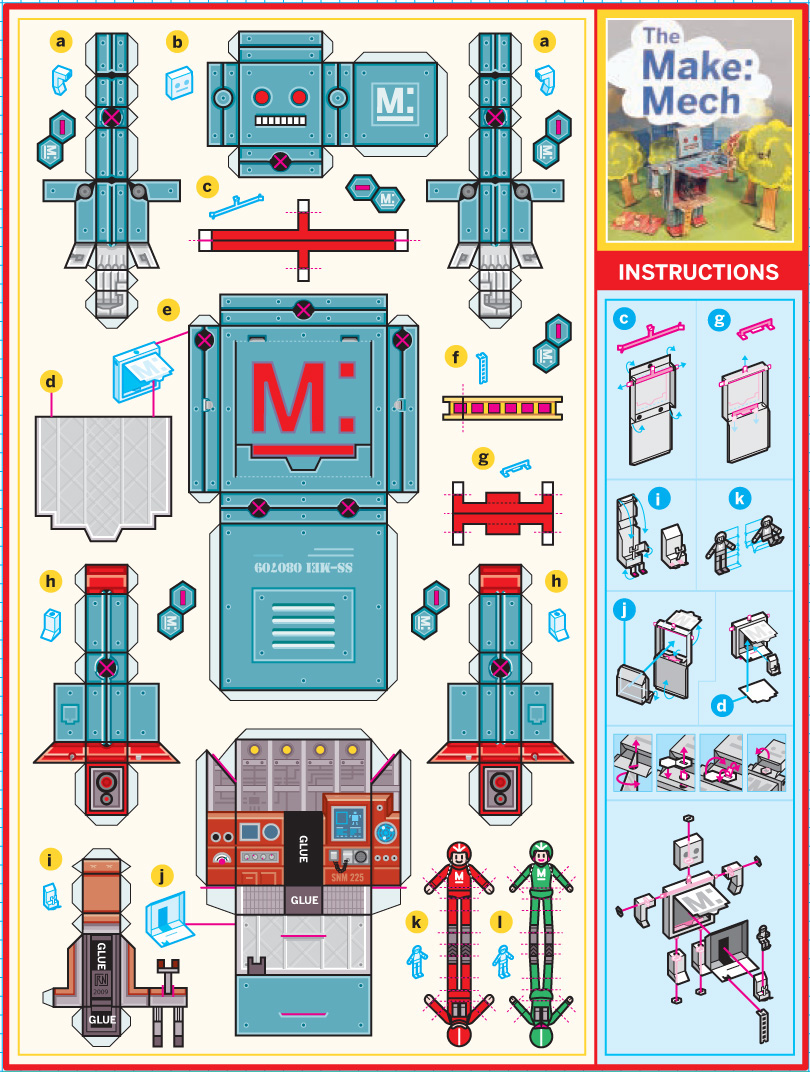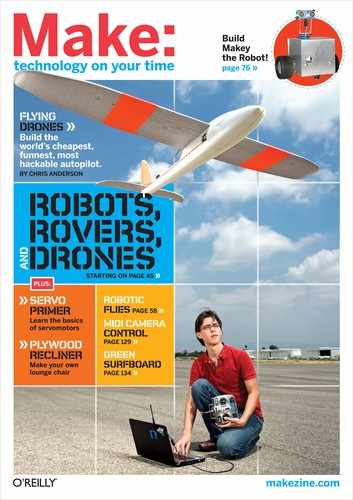Worst-Case Internet
The Network Relief Kit brings online connectivity to disaster sites.
Communications is often the first service to go down after a disaster, assuming the area even has a connected infrastructure to begin with. Cellphones, EVDO, DSL/cable internet, and even land lines go down quickly when exposed to water or faced with power outages and broken fiber lines. But you can always count on the sun, a battery, and a satellite orbiting 22,000 miles high.
The backpack-portable Network Relief Kit (NRK) from NetHope does just that. Utilizing solar-electric battery charging and low-power satellite hardware, the $3,500 NRK brings together all the technology needed for a quick uplink to the outside world. It features a selection of easy-to-configure appliances designed to get field workers up and running quickly and easily with email, voice, video, and internet at very usable speeds.
The NRK relies on the Inmarsat Broadband Global Area Network (BGAN) satellite service, which is marketed toward the extreme business traveler dealing with disconnected parts of the world.
The BGAN connection requires a laptop-sized satellite terminal. Service costs around $1 a minute for regular voice calls and $3 to $6 per megabyte of data, plus monthly or annual subscription fees. Data speeds are up to 492kbps send and receive, and the service supports IP streaming up to 256kbps, making adequate-quality video possible.
BGAN satellite signals cover most of the globe, via three geostationary Inmarsat-4 satellites positioned over the equator: the I-4 Asia-Pacific over the West Pacific off Indonesia, the I-4 EMEA (Europe, Middle East, Africa) over the Congo, and the newly deployed I-4 Americas over the East Pacific near the

BACKPACK BROADBAND: The NRK includes all the necessary equipment for quick field deployment, and fits in a backpack or small suitcase.
Photograph by Kate Lacey
Main components include:
1. Inmarsat BGAN satellite terminal
2. Fold-flat 48-watt solar power kit
3. Small, lightweight laptop computer
4. 8-hour battery power supply
5. Carrying case or backpack
6. Various phone, network, and USB cables, power adapters, chargers, and controllers to bring it all together.
Also recommended: Wi-fi router, ruggedized laptop, analog phone (if not available where you’re going)
You can always count on the sun, a battery, and a satellite orbiting 22,000 miles high.
Galapagos. Absent from proposed BGAN coverage are the Arctic and Antarctic regions, with coverage fading around the 70th parallels. Relief agencies working in the polar regions will have to rely on another service such as the faster but less portable VSAT satellite technology.
![]() For more information, visit nethope.org.
For more information, visit nethope.org.
Mike Outmesguine is president and founder of TransStellar, Inc., a technology services company, and the author of Wi-Fi Toys.
Make:
ROBOTS
WARNING! Robots are running amok across the pages of MAKE. Be on the lookout for Makey, a sneaky little bot that sees obstacles and follows you around. Overhead, an autonomous flying drone could be snapping photos of you at this very moment. And beware of “toy” robots with high-tech brains hidden inside. WARNING!

![]() DOWNLOAD THE PDF, PRINT OUT ON CARDSTOCK, AND MAKE THIS RAD ROBOT! makezine.com/19/makemech
DOWNLOAD THE PDF, PRINT OUT ON CARDSTOCK, AND MAKE THIS RAD ROBOT! makezine.com/19/makemech
ILLUSTRATION BY ROB NANCE
